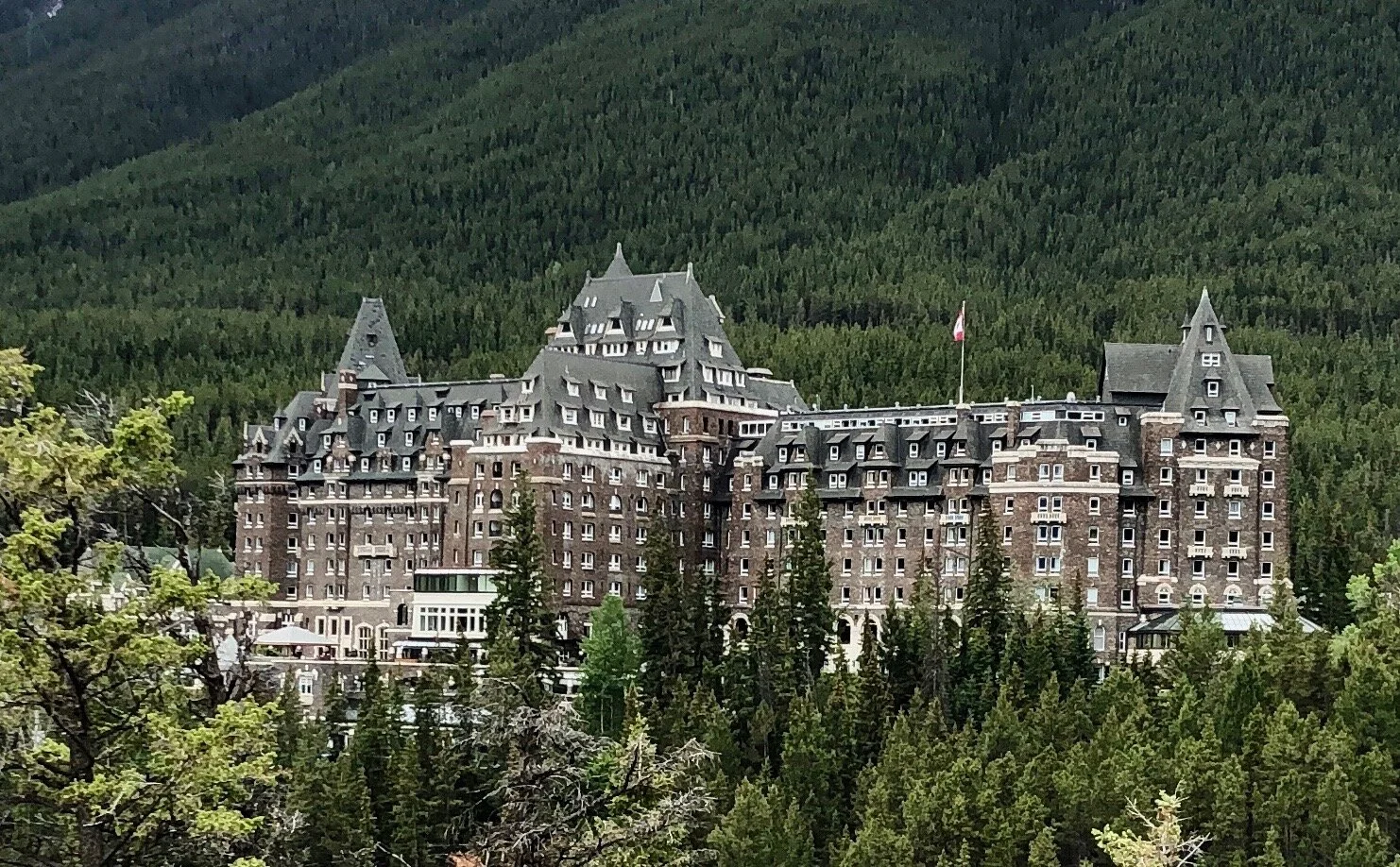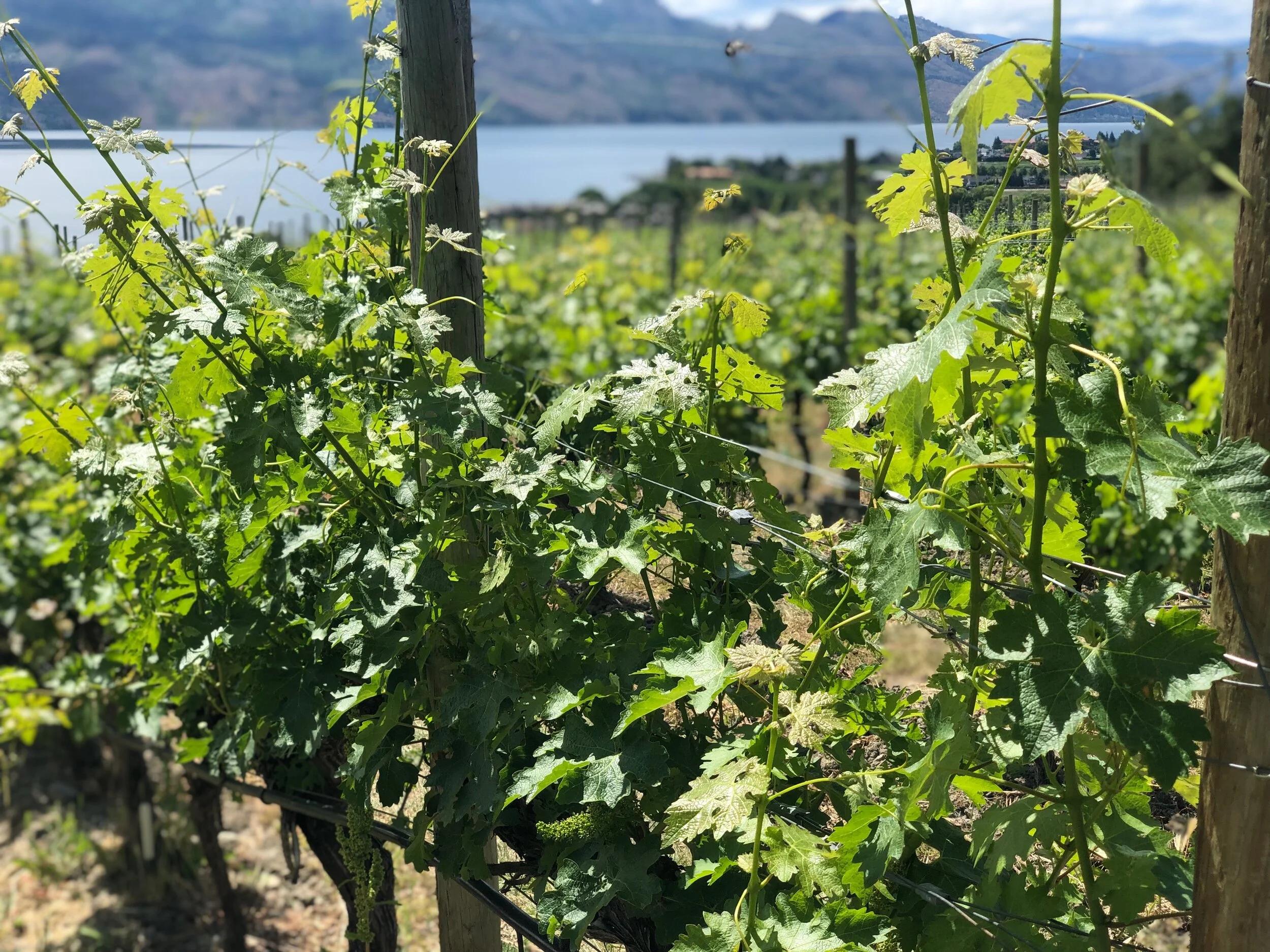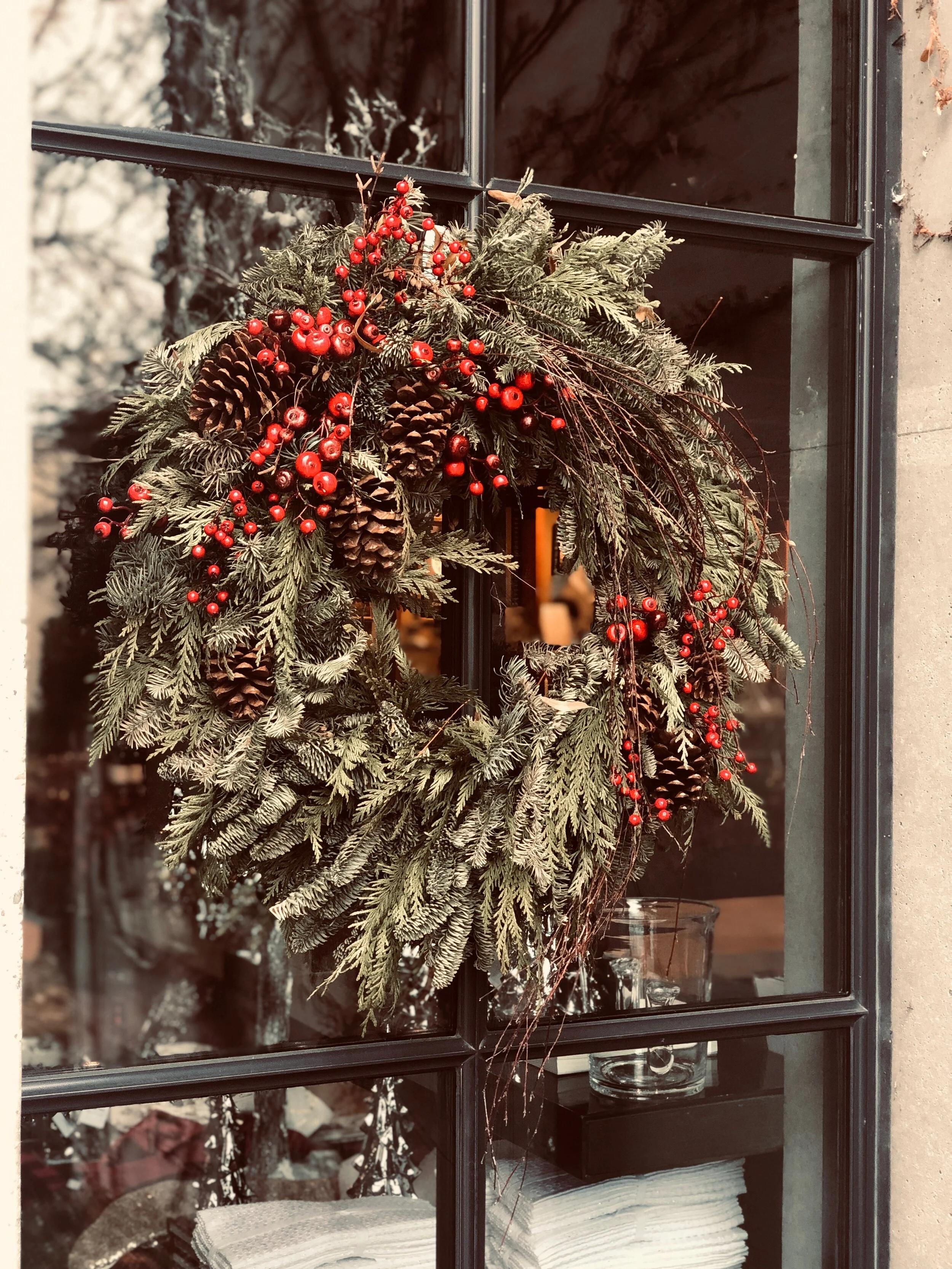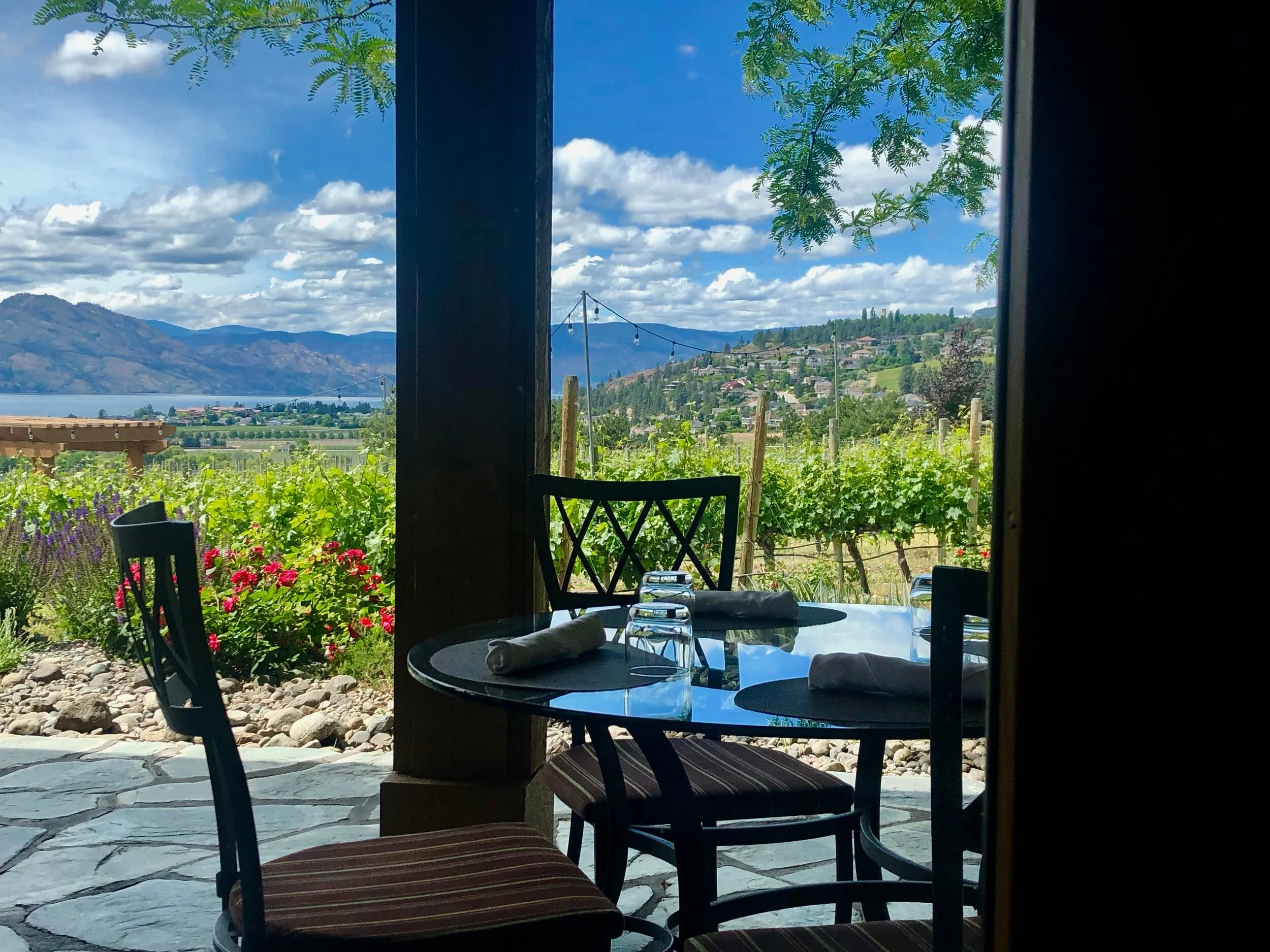Tourism in Banff
The Fairmont Banff Springs Hotel
Perhaps one of the most well known and historic hotels in North America is the Banff Springs hotel from 1888 to the present day Fairmont Banff Springs Hotel located in the Canadian Rockies in the province of Alberta. It was built under the direction of Sir William Van Home as a luxury resort to draw tourists to the majestic beauty of the Canadian Rockies. The first hotel built in 1888 was made of wood and rebuilt as a Scottish Baronial castle after a fire and completed in 1928. Fairmont Banff Springs Hotel is now a UNESCO Site and National Historic Site of Canada.
The 700 room hotel has been host to many famous actors and dignitaries over the year. The hotel includes restaurants, historic ballrooms and halls. A guided tour is provided daily for those who are registered in the hotel and a self-guide brochure is provided for those visitors simply interested in the history and the elegance of this well known structure.
The self-guided tour, designed by the Hotel Ambassadors, takes you through the most historic parts of the property. The tour starts with the Heritage Hall where photos and memorabilia from the hotel’s past are displayed. The second stop on the tour is Mt Stephan Hall which is named after the founder of the city of Banff. He was from the city of Banffshire, Scotland and was president of the Canadian Pacific Railway from 1881 to 1888.
From the Mt Stepehn’s room you will ascend up a spiral staircase made of stone with fossils embedded 450 million years ago. The staircase is also adorned with lampshades purchased at Tiffany’s in 1928. Next, you enter the Alhambra Foyer with brass doors that are replicas of those found at the Alhambra Palace in Granada, Spain.
The Grapes Wine Bar was formerly a writing room for hotel guests. The Riverview Lounge has a particularly outstanding view of the Bow River and Fairholme mountain range. At the end of the hall you will find the world’s largest wood burning fireplace made with Tyndall stone, an iconic Canadian building stone which is excavated from from Manitoba Province of Canada and is known for being pervasively riddled with Thalassinoides trace fossils
GHOST STORIES OF THE Fairmont BANFF SPRINGS HOTEL
If the elegance and history of the Fairmont Banff Springs Hotel is not enough to motivate to take a trip there, perhaps this ghost stories will encourage you….
The Bride
The most famous of all the haunted legends of the Fairmont Banff Springs Hotel is the Ghost Bride which dates back to the late 1920’s. The story is that the bride was descending one of the hotel’s marble staircases in her wedding gown on her wedding day. Something startled her causing her to trip and fall to her death on the staircase. Since that time a veiled figure has been seen moving down the stair The Ghost Bride has even featured on her own Canadian stamp and coin. Hotel staff and guest have seen the veiled figure dancing in the ballroom and moving up and down the steps.
The Bellman
Since his passing in 1975, stories about Sam McCauley a Soct bellman during the 1960s and 1970s has spread. He was a helpful sort of spirit and the stories about him involve service that he has provided the guests or the staff. One particular incident involved two elderly women who found that they key did not work. They called the bell desk for assistance. Because the regular bellman was busy, he did not respond for 15 minutes. Meanwhile, another bellman dressed in a plaid jacket and match Sam’s description exactly had assisted the women in unlocking the door. Other stories include guests seeing Sam in his old office which is now a guest room.
Haunted Rooms
There are specific rooms that staff say are haunted. The room numbers of these haunted rooms have not made public to the guests, but the stories continue to be told. Guests have reported being pushed out of bed by some unseen entity and having their pillows yanked from under their heads while asleep. In another room, legend has it that a whole family was murdered. To this day, guests who occupy the room have been said to be awakened by screaming. The guests would turn on the lights and see bloody hand prints on the mirror. The hand prints will disappear before the staff has a chance to come to the room and clean them off the mirror. The guest room has been completely covered.
Tourism in Kelowna
The Okanagan Valley has become a special destination with over 2000 hours of dry, hot, sunny days accessible by frequent flights to Kelowna, Penticton and Kamloops. There are many ways to fill those hours with outdoor sports boating, swimming, mountain biking. Rock climbing, hiking, golfing and indoor sports such as wine tasting at one of the over 150 boutique wineries throughout the valley.
Kelowna has quaint fruit markets and stands, orchards, farms, gardens and u pick vegetables and fruits. The guide, Local Flavours Farm to Table to Glass 2019, provides a guided tour of Kelowna, the Lake Country, West Kelowna and Westbank First Nation. A wine trails book provides a map and information on each specific winery. The natural beauty of the Okanagan Lake region cannot be surpassed with its grapevines line the hills that lead into the mountain glacier fed lake.
An example of sustainably produced of award-winning wines is Martin’s Lane Winery (opened in 2017) with its 100 % gravity flow facility opened in 2017 which is carved into hillside south of Kelowna.
The Cedar Creek, another Anthony von Mandl winery, supports his ambitions for the Okanagan Valley which he calls “one of the world’s last great undiscovered wine regions”.
Mission Hill Winery located atop a hill with a clear view of the lake- concerts, meals ,and elegant art.
Do not forget the Kelowna Cultural District in the north downtown area. A walking tour includes the waterfront park, Okanagan Heritage Museum, Okanagan Military Museum , Kelowna Art Gallery and the Art walk. Hiking, biking and paddling are common activities with the lake, greenways, parks throughout the area.
The Canadian Rockies
The Canadian Rockies are comprised of the Canadian segment of the North American Rocky Mountains in the provinces of British Columbia and Alberta.
There are numerous high peaks and ranges such as Mount Robson (12,972 ft) and Mount Columbia (12,293 ft). The Canadian Rockies are composed of limestone and shale and are protected as a national and provincial park. Several of these areas are collectively a World Heritage Site which is an area considered by the United Nations Educational, Scientific and Cultural Organization (UNESCO) as having cultural, historical, and scientific importance and, therefore, legally protected by international treaties.
